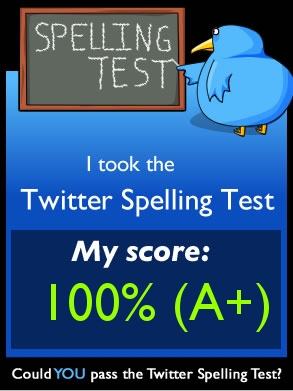POSITIVE - PROACTIVE - PREVENTATIVE
Today we received PLD on PB4L (Professional Learning Development on Positive Behaviour for Learning)
To encourage positive behaviour you must first identify what the problem behaviours are. Currently we have been doing this at my school, collecting data from break times and determining what the main trouble causers are. Today we also discussed what problem behaviours we experience in the classroom and discussed whether the behaviours were minor, major or crisis inducing.
With minor being ones which the classroom teacher can handle, major which need to be escalated to senior management.
Once problem behaviours are identified the school and classroom teacher can take positive, proactive and preventative action to encourage positive behaviour for learning.
Positive
As a teacher we can choose to react to behaviours positively. Instead react to positive behaviours and (where not major) ignore negative ones. behaviour attended to escalates in frequency. Therefore by giving attention to students when they are displaying appropriate behaviour it will encourage more of if.
Proactive
Where negative behaviours cannot be ignored, they can be responded to proactively, rather than just reprimanding a child, a proactive approach can be taken. Often when a negative behaviour occurs it is often because they are seeking attention or avoiding something, and do not know a positive way to deal with the issue. Therefore teaching and reinforcing the positive way react to an issue is a proactive approach. Explicitly showing the positive behaviour that is expected and reinforcing it positively with praise or other tangible reward (caught being good cards, house points etc).
Preventative
By actively teaching and reinforcing the positive behaviour expectations (eg. How to move past one another in the classroom using "excuse me" and waiting for space, rather than pushing or shoving) it prevents the negative behaviour from occurring again as it gives students other strategies to deal with the problems that they face.
We can modify our teaching approach by explicitly teaching the right way to behave. In doing so we are maintaining effective relationships with ākonga and developing a physically and emotionally safe learning environment. I have enjoyed the PB4L induction process as we have used the evidence from other schools and the data from our own to improve our practice and school environment. For the benefits of this to really be seen we need to ensure that all staff are on board and that there is consistency in its implementation.
The idea of consistency was also addressed today, in the discussions of what is considered minor, major and crisis behaviour, so that we all have the same understandings. More so, so that learners also know the expectations and how to meet them.
This blogpost relates to meeting of the following RTC:
1. establish and maintain effective professional relationships focused on the learning and well-being of ākonga
i. engage in ethical, respectful, positive and collaborative professional relationships with ākonga
2. demonstrate commitment to promoting the well-being of all ākonga
4. demonstrate commitment to ongoing professional learning and development of personal professional practice
9. respond effectively to the diverse language and cultural experiences, and the varied strengths, interests and needs of individuals and groups of ākonga
iii. modify teaching approaches to address the needs of individuals and groups of ākonga
12. use critical inquiry and problem-solving effectively in their professional practice
i. systematically and critically engage with evidence and professional literature to reflect on and refine practice























.png)


